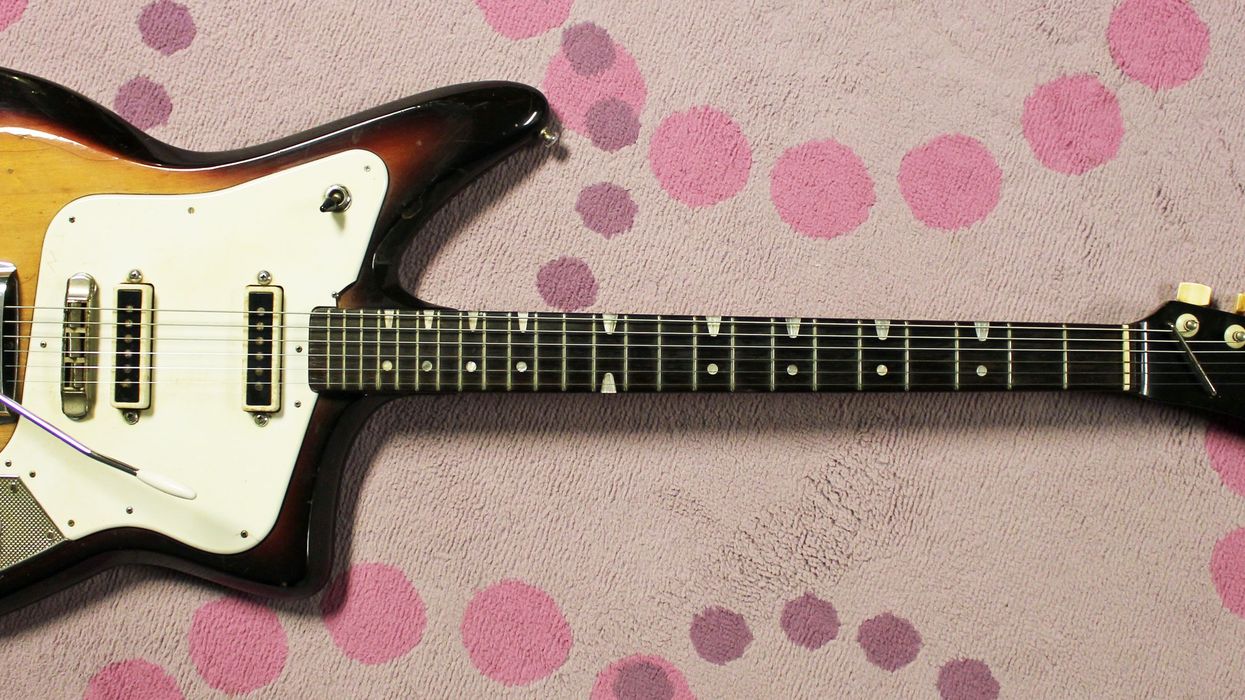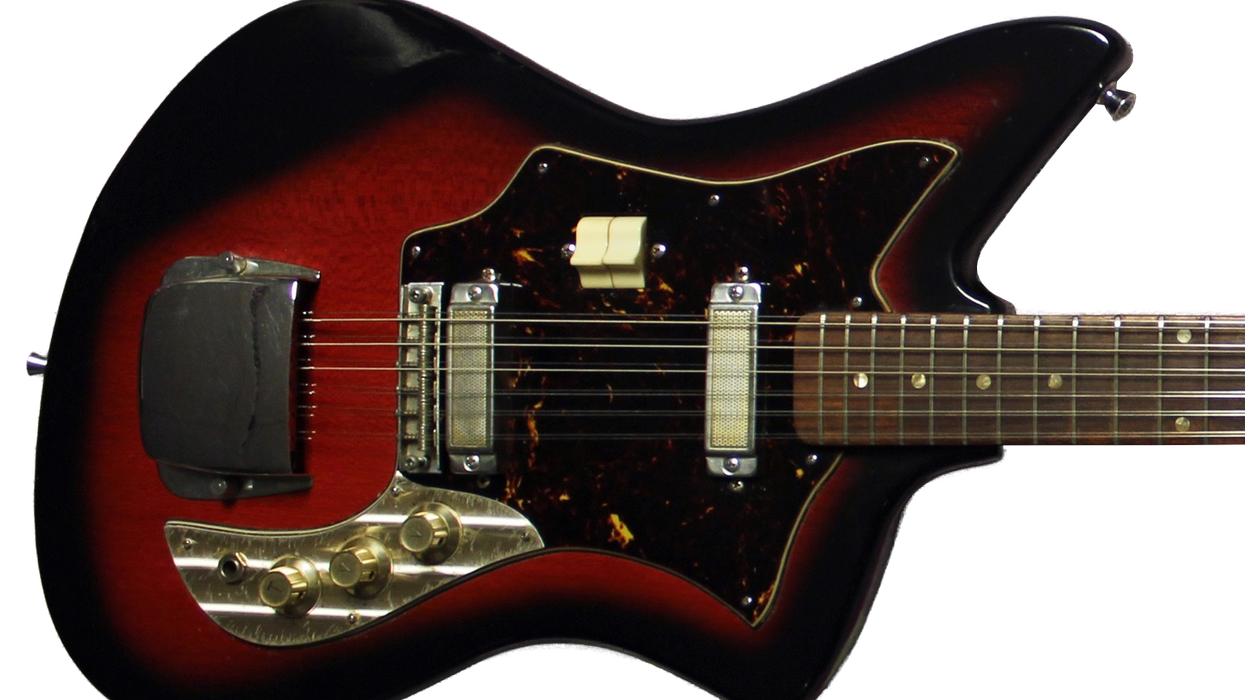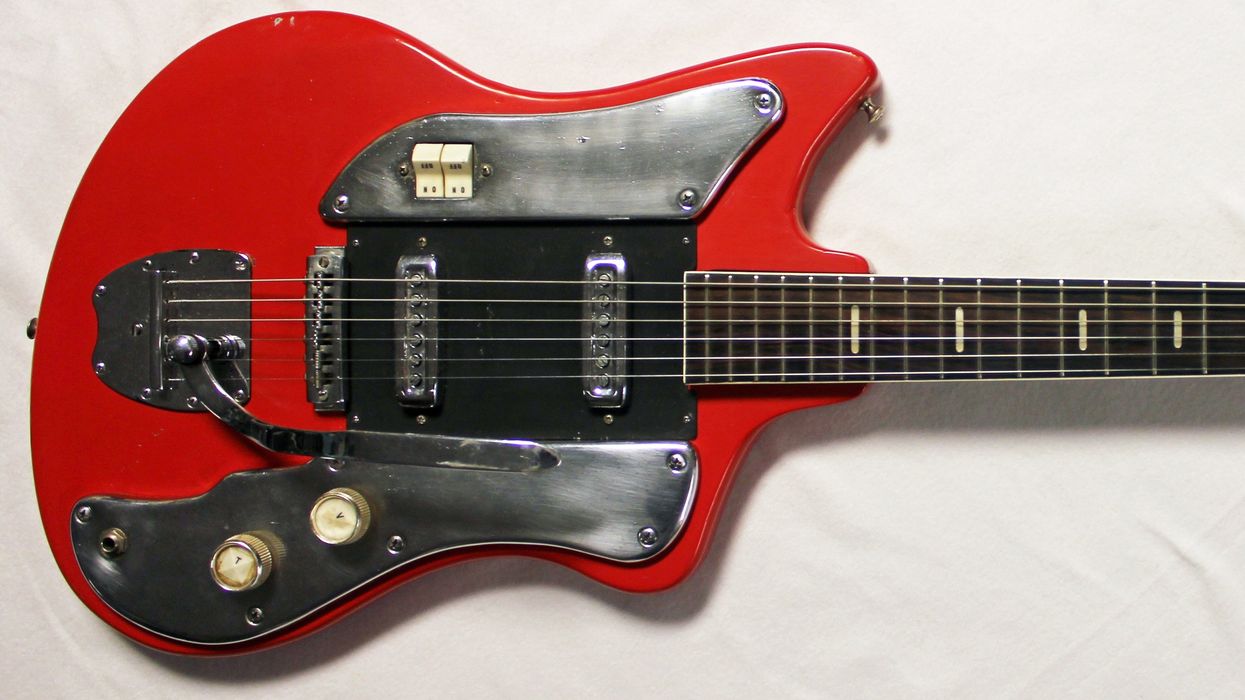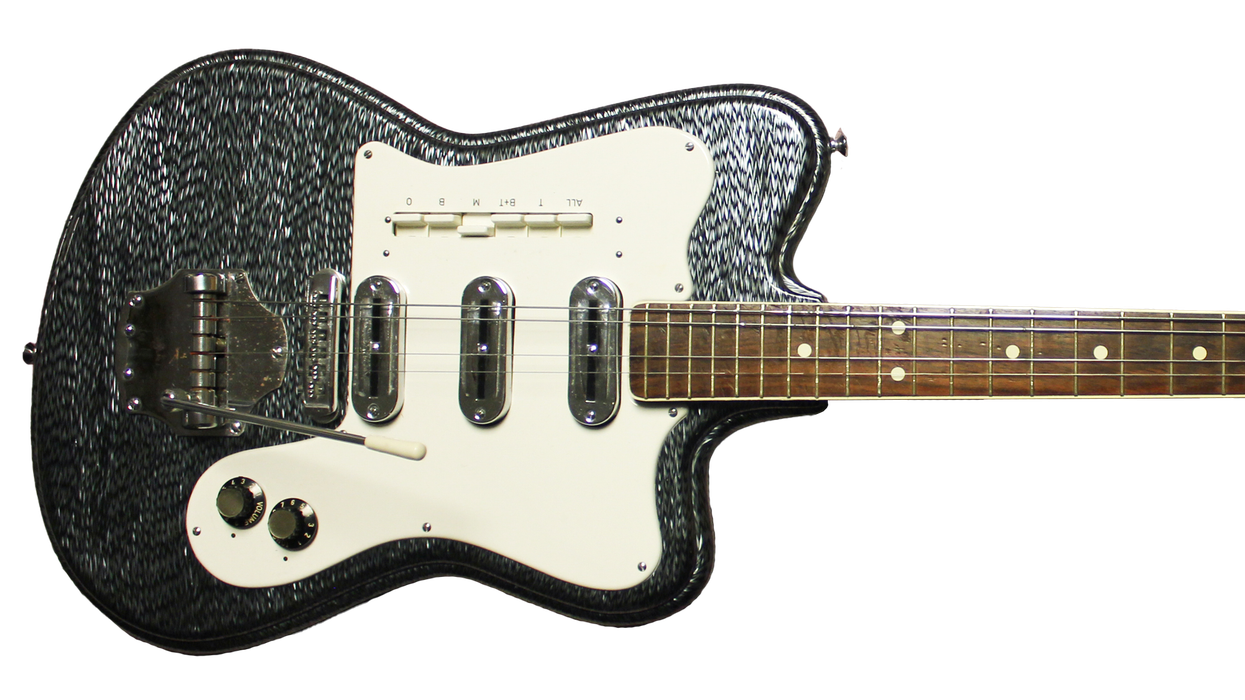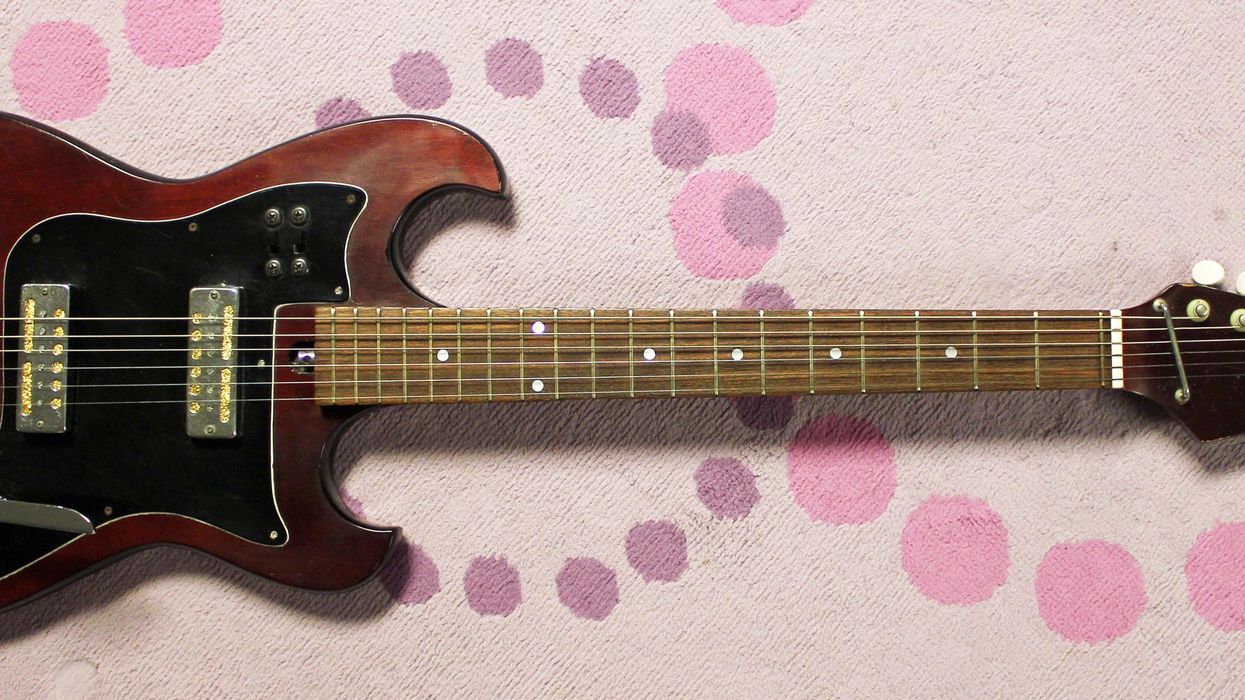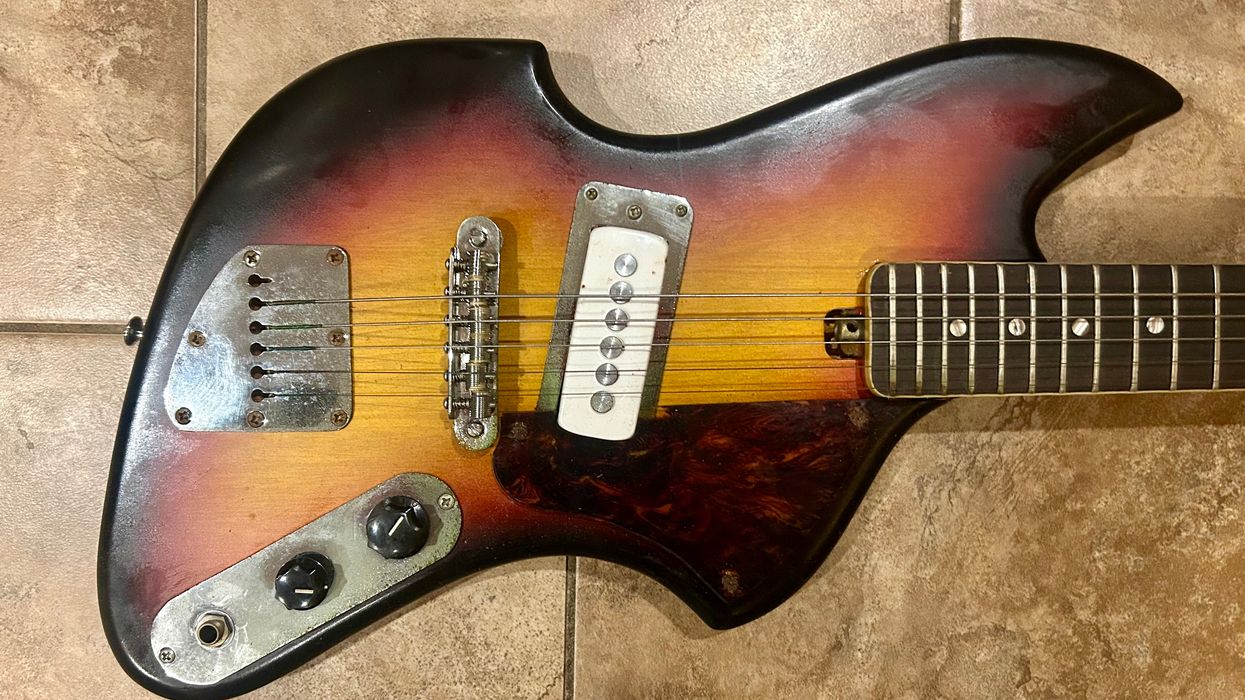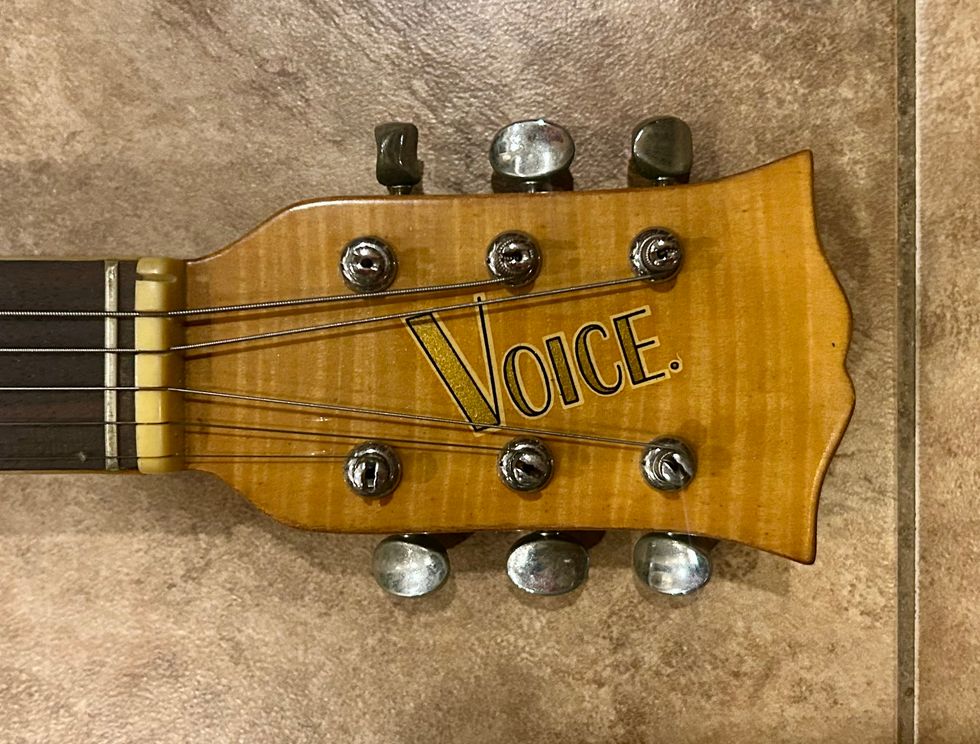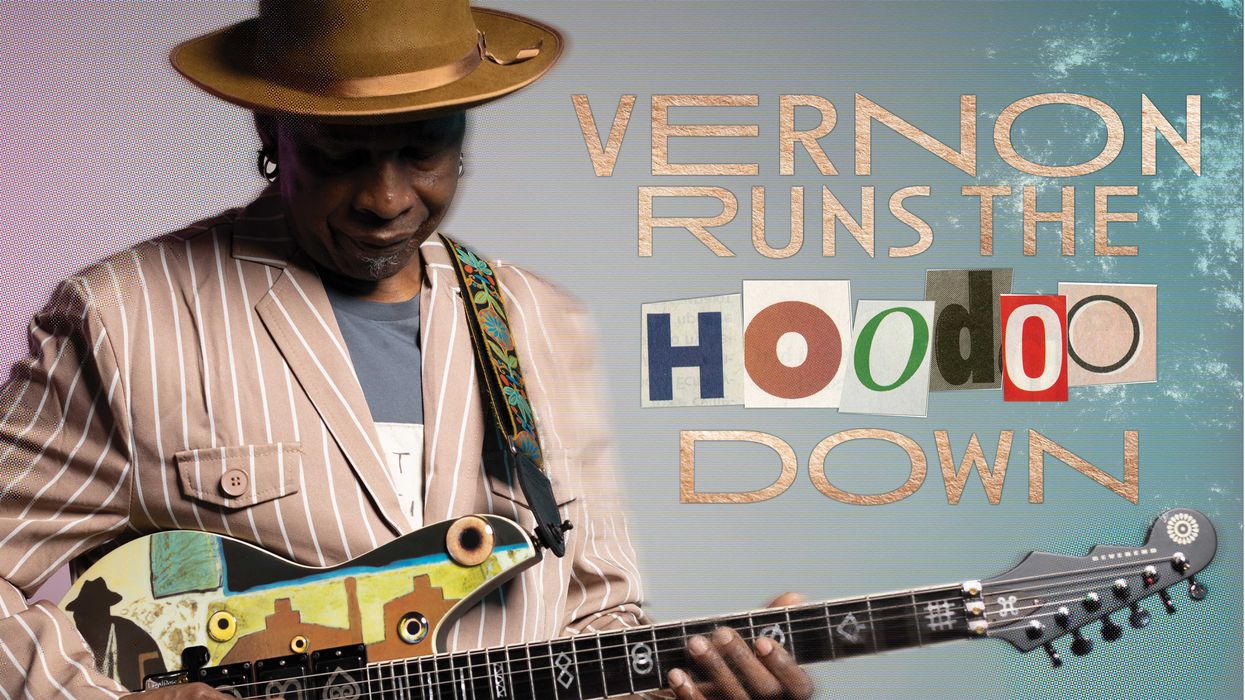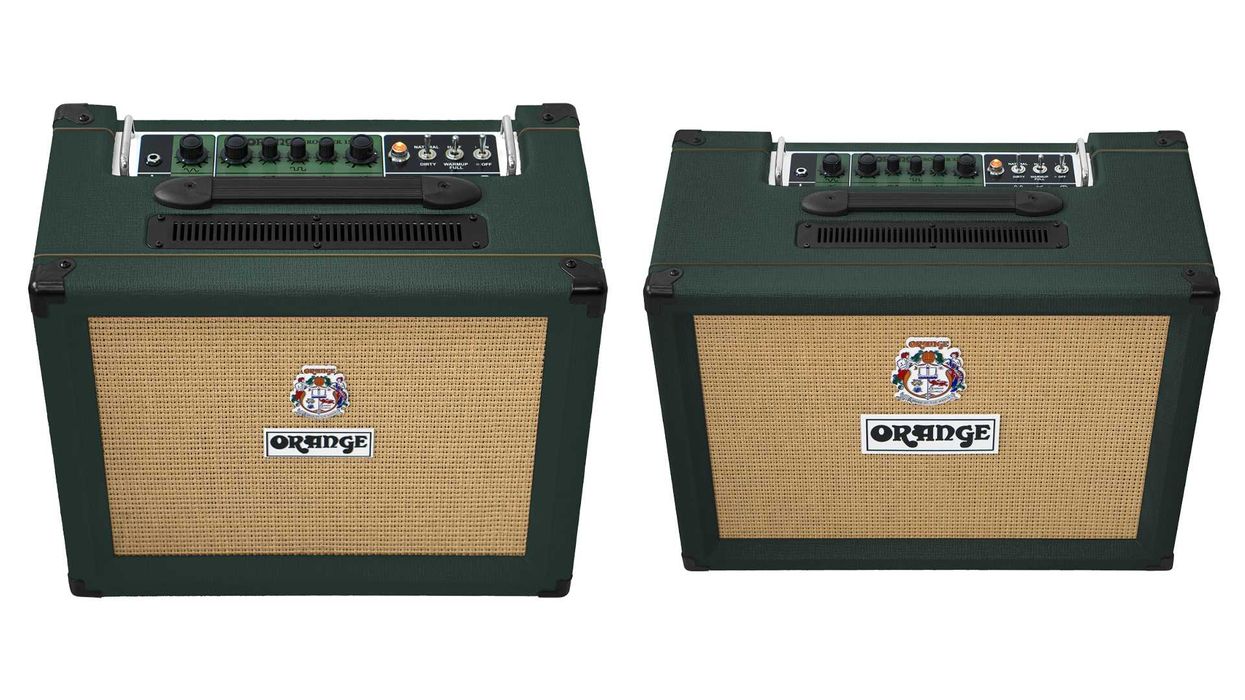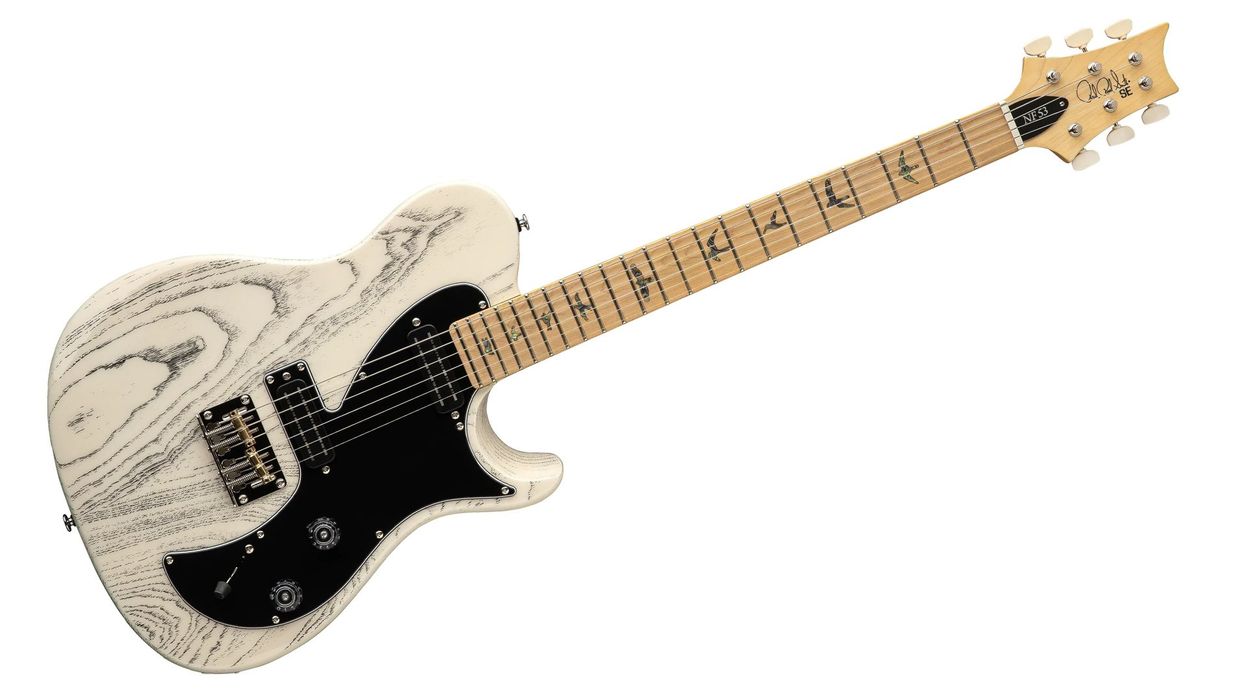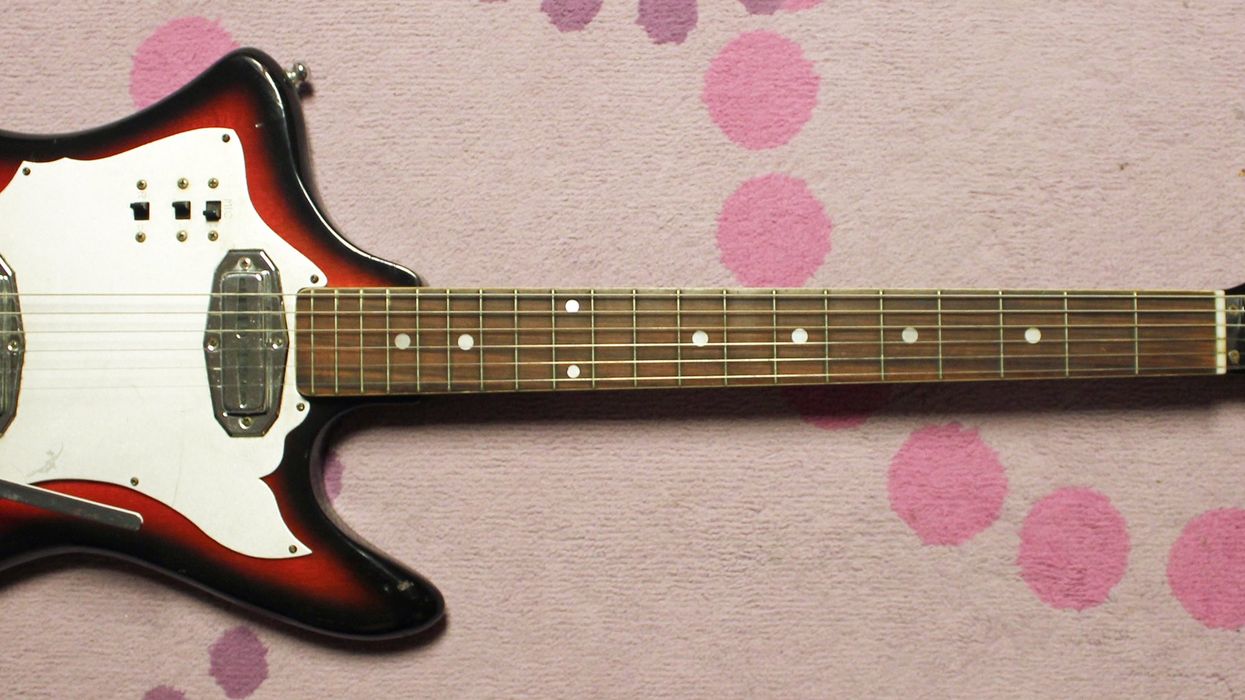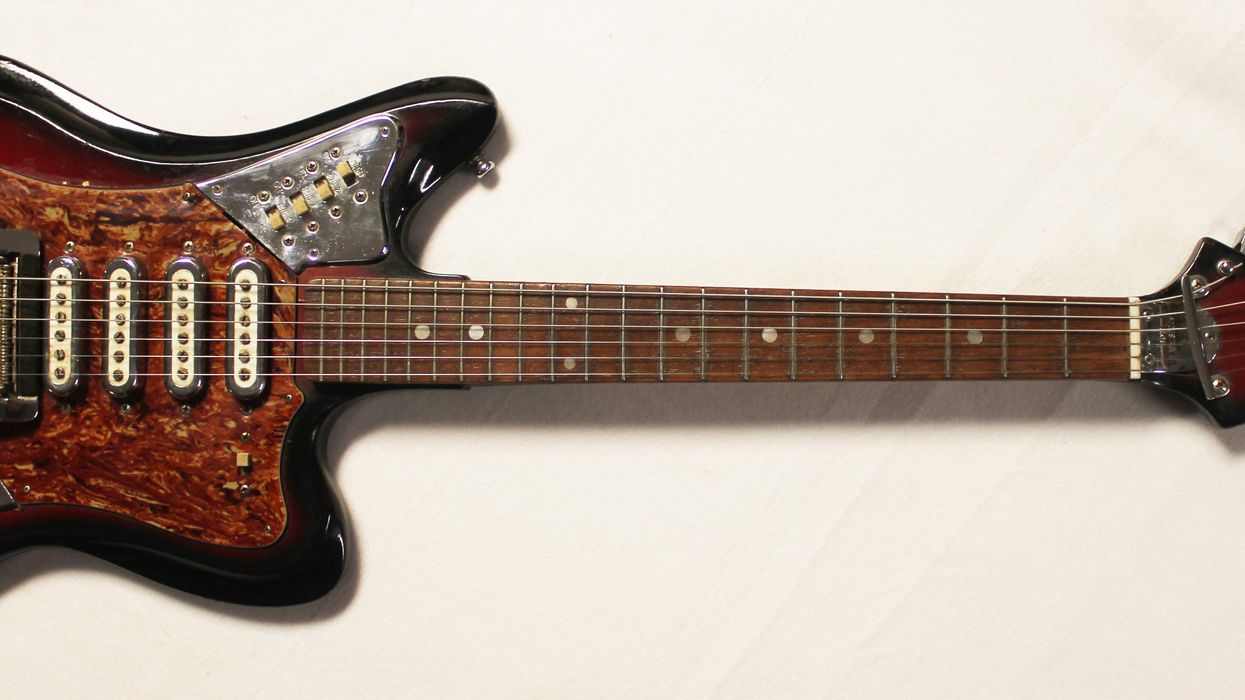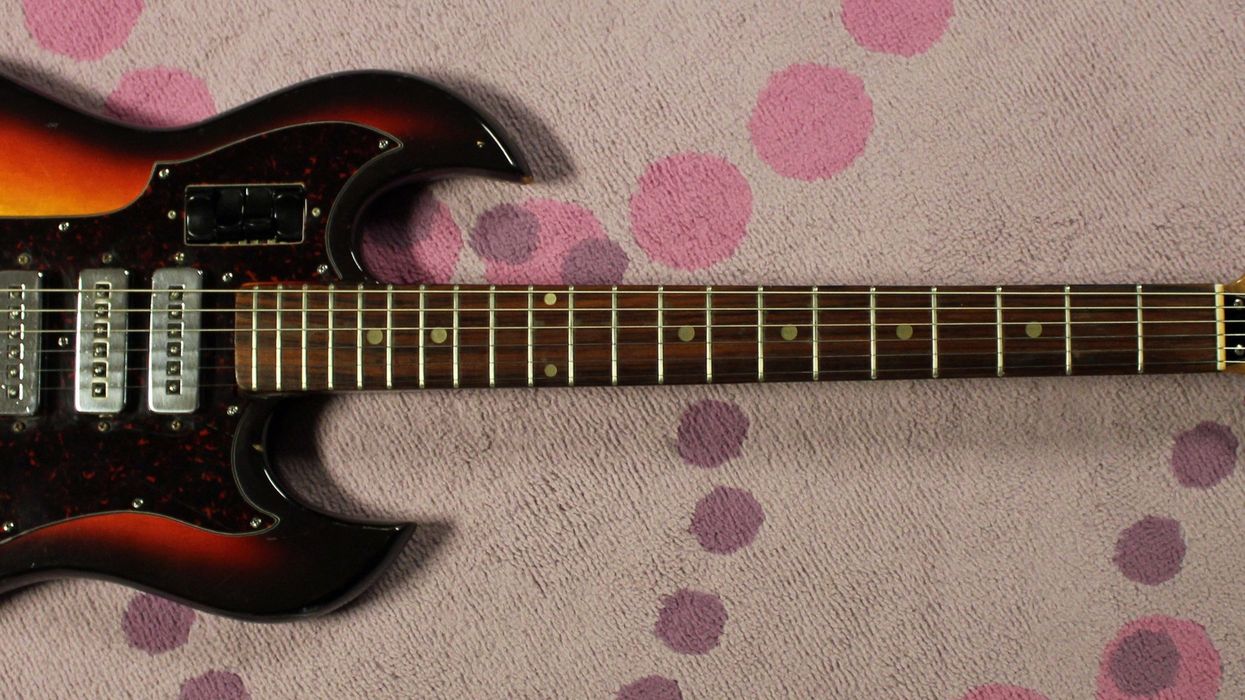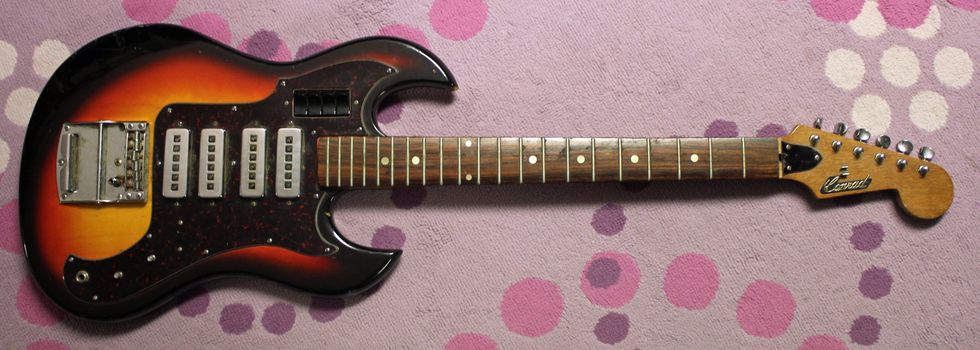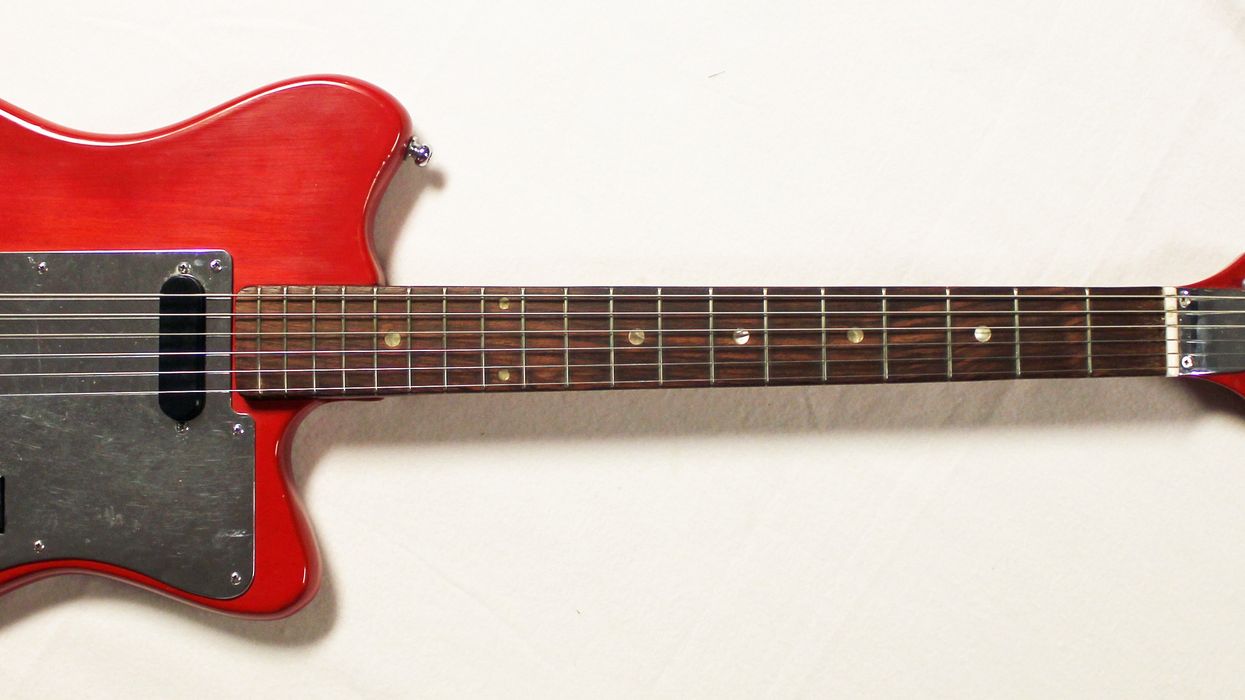The other day, I saw something I hadn’t noticed in quite some time. Driving home from work, I saw an interesting-looking fellow hitchhiking. When I was a kid, “hitchers” seemed much more common, but, then again, the world didn’t seem as dangerous as today. Heck, I can remember hitching to my uncle’s cabin in Bradford, Pennsylvania—home of Zippo lighters—and riding almost 200 miles while I sat in a spare tire in the open bed of a pickup truck! Yes, safety wasn’t a big concern for kids back in the day.
So, as I’m prone to do, I started digging around hitchhiking culture and stories. Surprisingly, there are organized groups that embrace the hitching life, but the practice remains on the fringe in the U.S. Back in the 1950s, writer Jack Kerouac wrote the novel On the Road, which celebrated hitchhiking and exposed readers to the thrill of maverick travel. Heck, even Mike Dugan (the guitarist in all my videos) hitched his way to California in the 1960s. But seeing that fellow on the side of the road also sparked another image in my brain: Yep, it always comes back to guitars.
Let me present to you a guitar that’s ready to go hitching: the Guyatone LG-180T, hailing from 1966. The “thumbs-up” headstock and the big “thumb” on the upper bout always made me think of thumbing a ride, and I bought and sold this guitar so long ago that I had forgotten about it, until I saw that hitchhiking dude. Guyatone was an interesting Japanese company because they were primarily an electronics company, and most of their guitars had their wooden parts produced by other factories. In the case of the LG-180T, the bodies were made by Yamaha in Hamamatsu, Japan. At that time, Yamaha was arguably making the finest Japanese guitars, and the wood on this Guyatone model is outstanding. We don’t often see Guyatone-branded guitars here in the U.S., but a lot of players recognize the early ’60s label Kent—a brand name used by an American importer for Guyatone guitars.
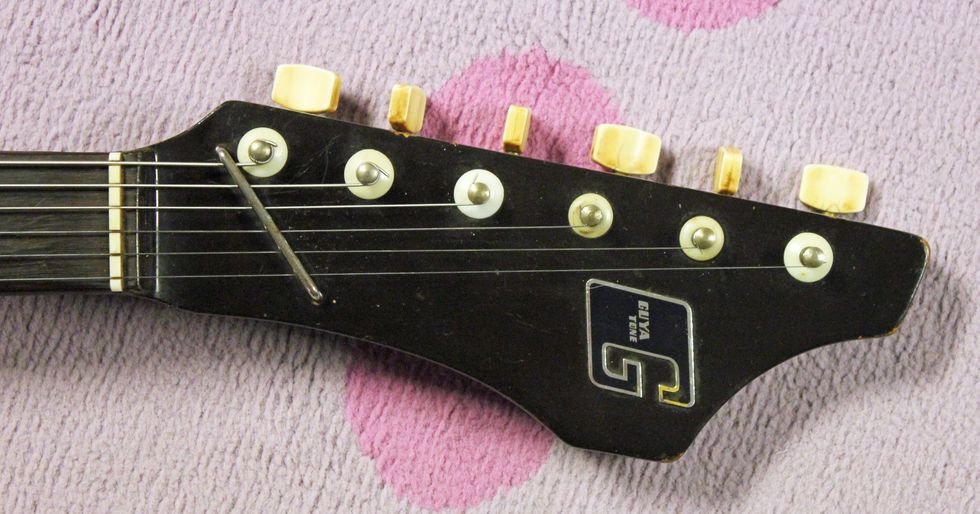
With a bit of imagination, the LG-180T’s “thumbs up” headstock seems to be looking for a roadside ride.
Kent guitars were extremely popular from the early ’60s until around 1966. The U.S. importer B&J fed the American need for electric guitars with several nice Kent models, but when the Guyatone contract ended, so did most of the Kent guitars. After that, Guyatone primarily sold guitars in Japan, so this example is a rare model in the U.S.
“Unless you are a master at guitar setups, this would be a difficult player.”
This headstock is either the ugliest or the coolest of the Guyatone designs. I can’t decide which. I will say, no other Japanese guitar company ever put out anything like this. You have to give the Guyatone designers a thumbs up for trying to stand out in the crowd! Guyatone decided to forgo an adjustable truss rod in this model, opting instead for a light alloy non-adjustable core to reinforce the neck. Speaking of the neck, this instrument features the most odd-feeling neck. It’s very thin but has a deep shoulder (if that makes any sense). Totally strange!
Another strange feature is the bridge, which offers very little adjustment because of the three large saddles, which sort of rock back and forth with the tremolo. It’s a shame because these pickups sound great! They’re very crisp and have plenty of zing, but unless you are a master at guitar set-ups, this would be a difficult player.
This could be why the LG-180T only appeared in the 1966 and 1967 catalogs. After that, it disappeared along with all the other Yamaha-made Guyatone electrics. By 1969, Guyatone had gone bankrupt for the first time, and thus ended guitar production for a few decades. At least we were blessed with some wacky guitar designs we can marvel at while remembering the days when you could play in the back end of an explosive 1973 AMC Gremlin while your mom raced around town. Two thumbs up for surviving our childhoods! PG
